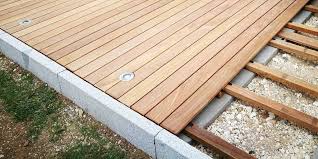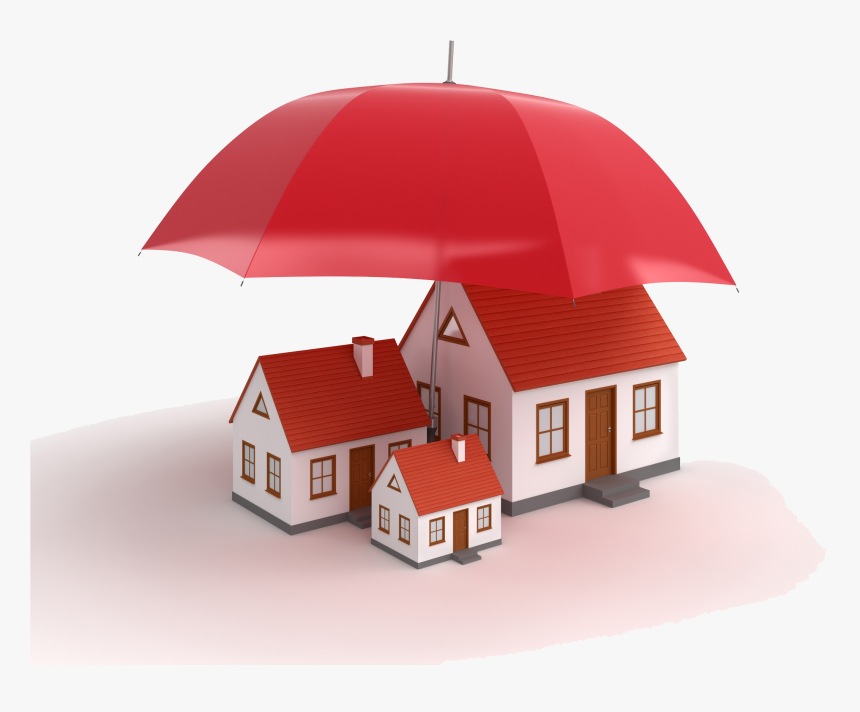Deck boards (Deski tarasowe) are a crucial element of any outdoor decking project. They play a key role in both design and function. Whether you’re building a fresh deck, or replacing the old deck boards, knowing the many alternatives available will help you make informed choices that will align with your preferences and needs.
Types of Deck Boards
Wood deck boards: Classic and timeless, wood Deck boards (Deski tarasowe) are available in many types. Pressure-treated lumber, like pine, is a popular option due to its low cost and durability. Redwood and cedar are preferred due to their inherent resistance to rot and insects and their beautiful appearance. However, wood decks require regular maintenance, which includes sealing and staining to prevent weathering.
Composite decking boards Made out of a mix of wood fibers and plastic composite deck boards offer the appearance of wood but with increased durability. They are resistant to fading scratching, staining and fading, and they do not require the same amount of maintenance as wood. Composite boards can be found in a wide range of styles and colors which makes them an ideal choice for a variety of styles and designs.
The deck boards made of polyvinyl chlorine (PVC) decking boards are completely synthetic and offer outstanding resistance to moisture, insects as well as UV Rays. They are lightweight, easy to set up, and require little maintenance. PVC boards come in a variety of colors and textures, mimicking the look of natural wood.
aluminum deck boards: While less well-known, aluminum deck boards are durable and resistant to extreme weather conditions. They are fireproof and don’t require painting or staining. However, their cost is often higher than other types of materials.
Choosing the Right Deck Boards
When choosing deck boards, be aware of the following factors:
Durability: Assess how the material will hold against the elements, foot traffic, and wear over time.
Maintenance: Decide how much hours and energy you’re ready spend on upkeep. Wood boards require more care in comparison to PVC or composite options.
Cost Budget is an important aspect to take into consideration. While wood is cheaper initially, the long-term costs of maintenance will add up. Composite and PVC boards come with a higher initial expense, but they are more affordable over the long term.
Aesthetic: Choose a style and hue that is a perfect match for your home and outdoor space. Composite and PVC provide many color and style alternatives compared to wood.
Installation Tips
A proper installation is essential for ensuring the long-term durability for your deck. Follow the guidelines of the manufacturer regarding spacing and fastening and consider using a professional installer if you’re uncertain about the process.
In conclusion deck boards are many different materials, each of which has its own advantages and nuances. When you know your options and carefully evaluating your needs, you’ll be able to pick the perfect deck board to build a beautiful and durable outdoor space.



